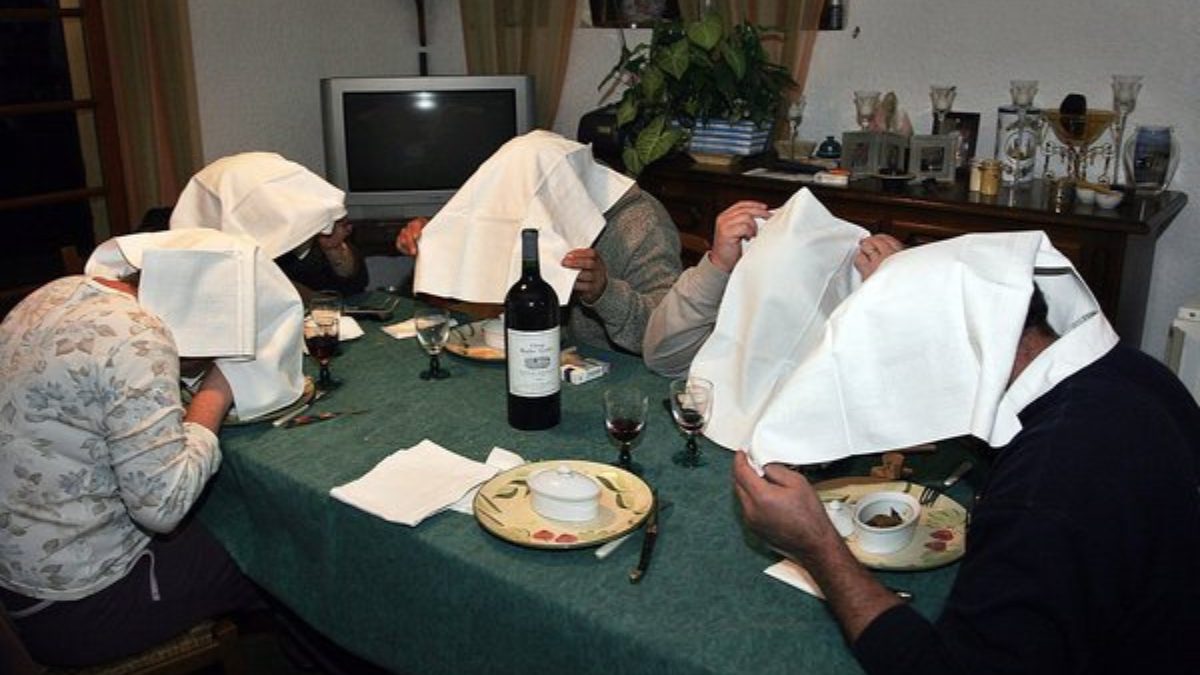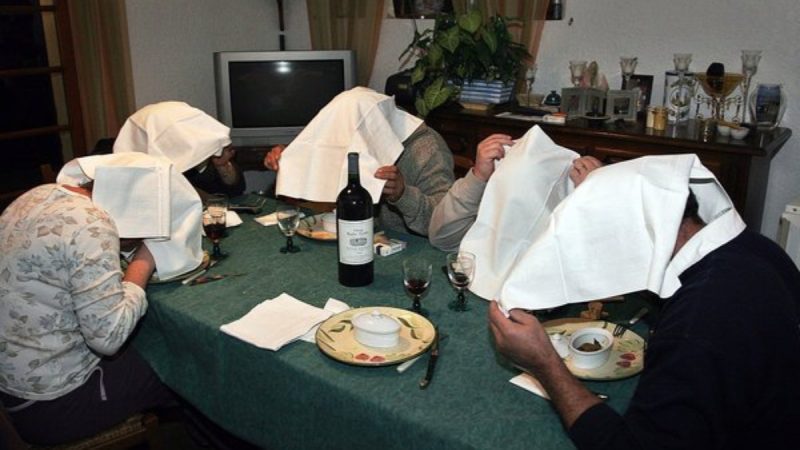There are many dishes that people call “luxurious,” but few can match the mystery, indulgence, and controversy of France’s most secretive delicacy: the ortolan bunting. This tiny bird, no larger than a thumb, has been the centre of one of the most fascinating and forbidden dining rituals in the world. And the most striking part? It’s traditionally eaten with a towel draped over one’s head. Wondering why? Read on to know all about it!
The Story Of The Ortolan Bunting
When someone sits down to eat an ortolan, they take a large napkin or towel and cover their face completely. Some say it’s to trap the rich aroma of the dish. Others say it’s to hide the act itself, a private moment of indulgence so extreme that, as French tradition suggests, it must be hidden from the eyes of God.
So what makes this dish so special and even more scandalous? It begins with the preparation. The ortolan is a small songbird that migrates from Europe to Africa every year. During this time, in the past, they were captured in nets in the French countryside. Once caught, the birds were kept in dark cages and fed a rich diet of grains and figs, according to Atlas Obscura. The darkness tricks them into thinking it’s night all the time, so they keep eating until they double their size.
Then comes the part that makes most people uneasy. The plump birds are drowned in Armagnac brandy, which not only ends their lives but also marinates their tiny bodies. Afterwards, they’re plucked, seasoned with salt and pepper, and roasted gently in their own fat for a few minutes. The result is a small, golden, aromatic bird ready to be eaten whole.
Also Read: Japan Has A Hidden Souvenir In Every Train Station, And It Won’t Cost You A Yen!
France’s Most Forbidden Delicacy

When served, the ritual is as dramatic as it is unusual. The diner picks up the ortolan bunting bird by its head, covers their face with the towel, and pops it feet-first into their mouth: bones, skin, fat, and all. They chew slowly, savouring every part of it. Those who have eaten it say that it’s one of the most intense flavour experiences imaginable: the crunch of tiny bones, the richness of the liver soaked in brandy, the warmth of the fat, and the complex mix of sweet and savoury that fills the mouth.
But as time went on, the ortolan came to represent luxury. According to Atlas Obscura, due to overhunting caused by the bird’s popularity, its numbers in France fell dangerously low. By 1999, the dish was officially banned, and the law was strictly enforced after 2007. Yet, even today, whispers remain that in small, private French gatherings, the ortolan still appears. It’s eaten quietly, in the old way, with a towel over one’s head and a mix of reverence and guilt.
The ortolan bunting is not an ordinary dish but a piece of French history wrapped in ritual, controversy, and secrecy. Whether you see it as cruelty or culture, one thing is certain: few dishes in the world carry such mystery.
Cover Image Courtesy: @ShuckMyBhauls/X
For more such snackable content, interesting discoveries and the latest updates on food, travel and experiences in your city, download the Curly Tales App. Download HERE. First Published: November 07, 2025 7:01 PM




